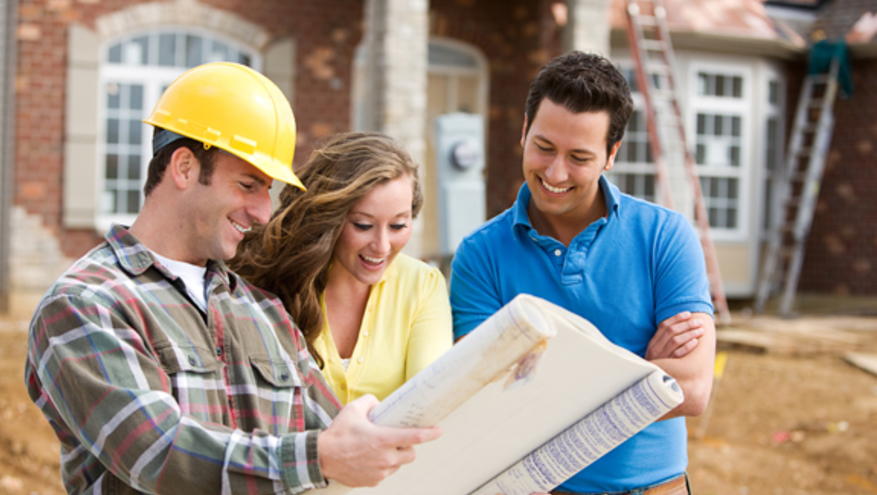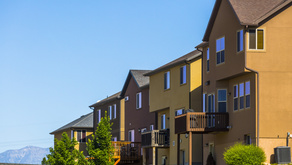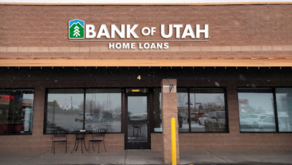Utah is experiencing an interesting anomaly this year that has turned the tables in the housing market. The unique combination of a healthy economy, a booming job market and in-migration of people wanting to take advantage of Utah’s lifestyle and job opportunities, has created a great demand for homes, and thus a shortage of existing homes on the market.
Nationally, existing home Inventory is at a record low since the housing market began to turnaround in 2012, according to Trulia. For example, Salt Lake City home inventory in the first quarter of 2017 has dropped 69.5% since the first quarter of 2012. Utah currently has only a 30 to 40-day inventory of existing homes for sale. This scarcity has allowed home sellers to receive multiple offers, thus driving up prices.
In order to get into a home, some people are opting to build. The demand for housing along Utah’s Wasatch Front has now become so great that new homebuilders are producing at capacity, according to Salt Lake Housing Forecast 2017 by the Salt Lake Board of Realtors. This home construction boom is also eating up available land in desirable areas such as Salt Lake County, causing builders to meet home-buyer demand by constructing developments with more units-per-acre, such as townhomes, twin homes and condominiums.
So, if you are in the market to buy a home, there are several things to consider during our current market.
- You will find more available land and you’ll get more home for your money the farther north and south you go. Areas like West Haven, Tremonton, Logan and parts of Ogden to the north, and the St. George area to the south, are good options.
- Working with one of Utah’s very active and productive home builders will shorten the home building process. There are some wonderful options right now. Do your homework and find a builder that can construct a quality home within your price range.
- Ask your builder if they have a preferred financial partner that offers “one-stop shop” lending. Bank of Utah works with Utah’s most prolific builders and can offer you both construction and long-term loan financing.
- If you, as the home buyer, take out the construction and long-term mortgage loans through the same bank, you will have more power of negotiation, resulting in lower fees, streamlined processes and sound advice from an experienced mortgage lender.
- The process may be faster to buy an existing home. If you are pre-qualified for a home loan from a local bank that can process your loan quickly, you could close the deal on a ready-to-move-in home and start moving in within two weeks.
- You may have to wait to find a home in an existing neighborhood that appeals to you, and in Utah’s present housing market, be prepared to pay more.
- If you buy an existing home, you may need to remodel, add on or make upgrades to fit your needs, so factor those costs into the overall price.
- Building a new home allows you to meet your personal requirements, but a new home may cost about 20% more per square foot than an existing home.
- When building a new home, you’ll need to choose a builder, architect, a home lot, floor plan, and interior and exterior finishes. In some cases, you may even need to investigate water and sewage systems. You might opt to build in an existing development which helps simplify the process.
Finally, a word for first-time home buyers; consumer confidence is up, interest rates are still low, and there are also some wonderful down payment assistance grants for first-time buyers who qualify. So, if you have a stable job and have saved money for a down payment, get off the sidelines and into the game! Buy an existing home or build a new one, and start building some equity. Real estate is always a solid investment and there’s great satisfaction in living in a home that you own.
Click here to find a home loan expert near you!




